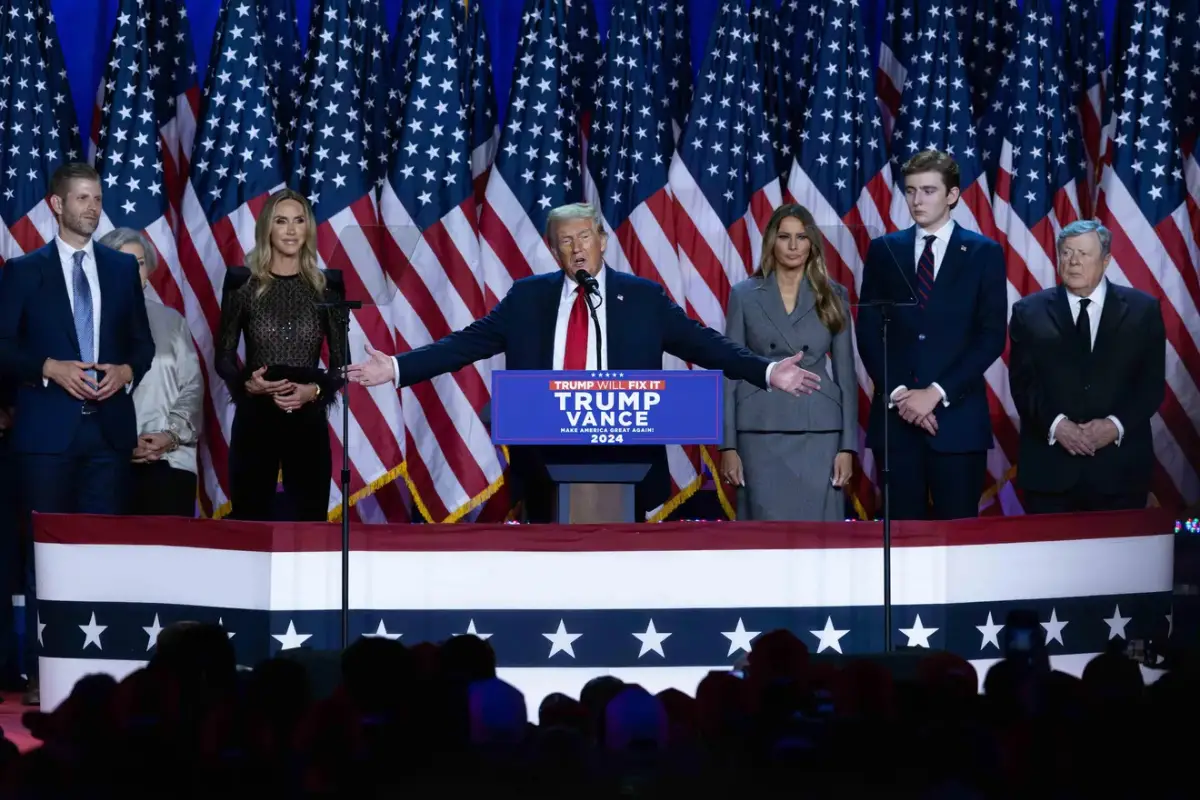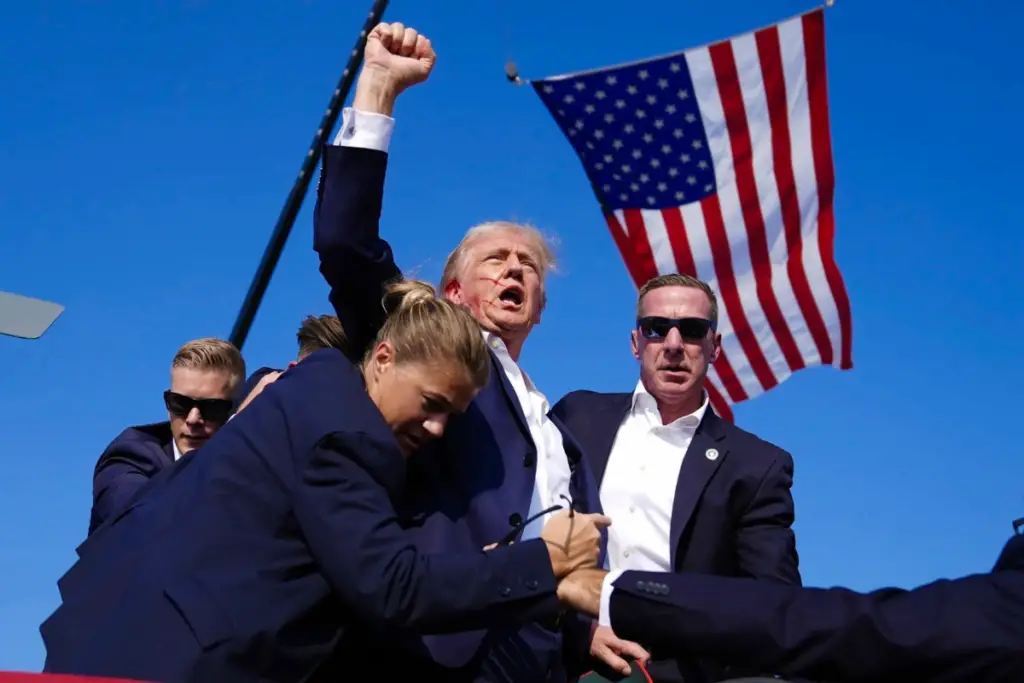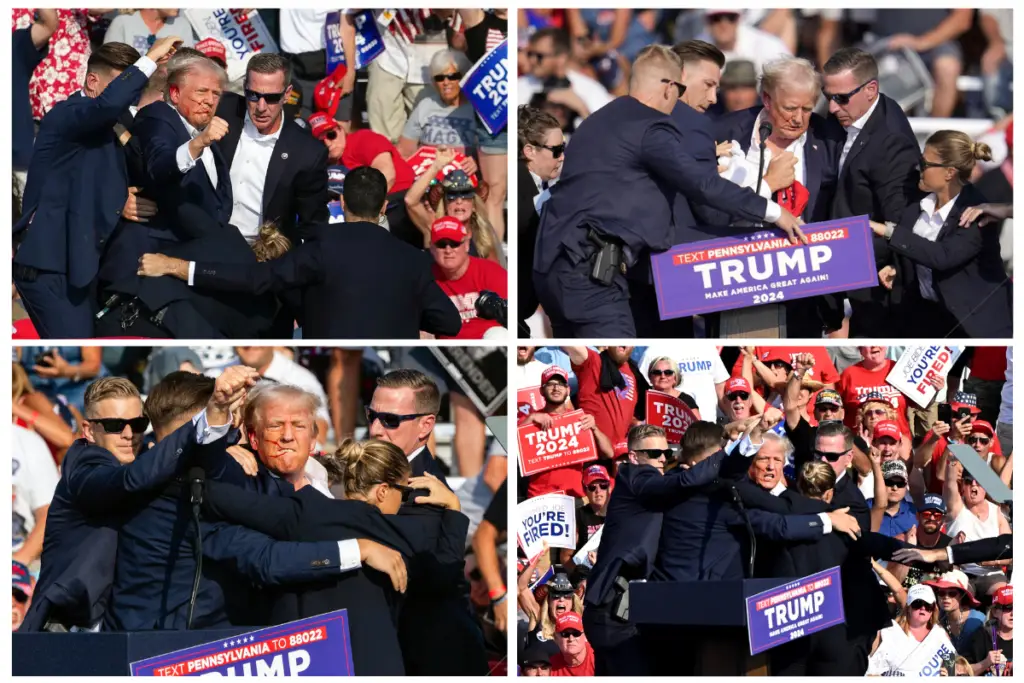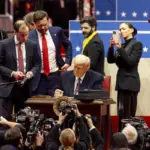Trump clinches historic White House comeback in dramatic election night victory over Harris. The president-elect declared triumph at 2:30 a.m., promising both healing and accountability as he prepares for a second term.

Donald J. Trump completed the greatest political comeback in modern U.S. history in the early hours of Wednesday, claiming enough electoral votes to defeat Vice President Kamala Harris and return to the White House for a second term.
The president-elect declared victory in a speech from Florida at 2:30 a.m. ET, saying he had masterminded the “greatest political movement of all time” and pledging to “help our country heal,” after vowing during the campaign to exact “retribution” on his political enemies that have attacked him and his followers for years sometimes using legally questionable tactics some have dubbed “lawfare”.

The first ‘act’ of the Trump era was during his first term in the years 2017-2021 when he won the election, where he faced significant obstacles that appear to have been sabotage from Obama-era bureaucrats and holdover government officials that publicly stated their intent to “resist” Trump’s agenda. Oftentimes, these saboteurs were effective in obstructing progress and the will of the Trump policies, as witnessed in the numerous hoax impeachment trials that were obvious distractions for the Trump administration.
But the biggest blow to President Trump was the 2020 election, which his opponent Biden claimed to win with an improbable 81 million plus votes. By comparison, a widely popular presidential candidate Obama only received a maximum 66 million votes in an election that saw huge voter turnout. With obvious election integrity issues, Trump believed there were serious issues with the accuracy and integrity of the 2020 election, and still to this day there are lingering lawsuits alleging fraud yet to be resolved.
As a result, Trump supporters marched on the Capitol to express their displeasure and to encourage the challenge through legal channels, and then the resulting riot on and in the Capitol. The legacy media blamed Trump for the violence, but in reality he discouraged the protestors from marching to the Capitol and encouraged they protest peacefully. However, the legacy media and his Democrat political opponents used the event to turn the FBI and Democrat government lawyers against Trump and his supporters.
Perhaps in one of the most disgraceful periods in American history, the Justice Department and the FBI were politicized and used against an opposing political group. Many around the world saying the U.S. had slipped into unlawfulness like a ‘banana republic’ under the Biden administration. For example, Biden’s administration and backers attacked Trump with four criminal indictments, a felony conviction on 91 charges, a $354 million judgment in a civil case against him and his business and another jury finding him liable for sexual abuse and defamation.

Then the biggest threat to Trump was an assassination on his life from a Biden supporter. Amazingly, Trump survived the attack although he did have part of his ear shot off. Immediately after, many moderate or neutral American voters came to support Trump as they were tired of the horrible words and actions of the Biden presidency. One example was the independent richest man in the world, Elon Musk. He praised Trump for his bravery and strength in rising from stage while dripping blood after being shot, and raising his fist saying “Fight, Fight, Fight”. As Musk said, ‘who doesn’t want their leader to stand up in the face of danger and fight for all of us’? Many say Musk’s endorsement of Trump was huge in pulling independents over to vote for Trump for President.
“The real verdict is going to be November 5, by the people,” Trump said earlier this year.
Sure enough, the verdict arrived in his favor. “We overcame obstacles that nobody thought possible,” Trump told a crowd of more than 5,000 overjoyed supporters assembled at the convention center near his Mar-a-Lago estate.
Source:
How Donald Trump Pulled Off the Greatest Comeback in Political History





